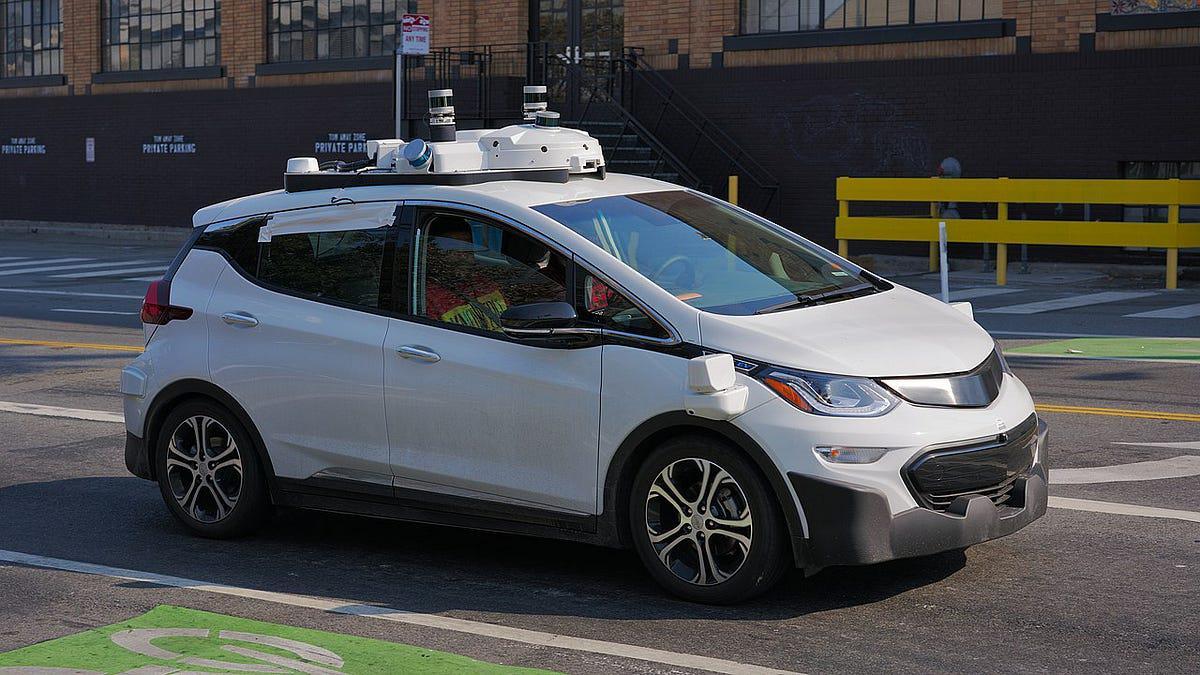Despite the frustration of the company that tried to rush development, the autonomous driving vehicle technology continues to advance, raising questions about how to manage and regulate autonomous vehicles.
In several cities in California, Arizona, or Texas, vehicles passing through traffic without a driver behind the wheel are part of everyday life. So far, all vehicles indicate that these vehicles are very safe. They have caused traffic jams when they should not have stopped in certain places, entered construction sites or reacted irregularly in specific situations, but most accidents are minor. Exceptions do not involve any kind of injury.
We have seen the entire fleet of the company being recalled for review due to accidents related to cruise, but generally, the accident rate of Robocars is much lower than that of human-driven vehicles. However, having fewer accidents does not mean the same type of accidents. The person leading the cruise recalled the fleet. A pedestrian crossing the street was hit by a car that the driver fled from, but the impact threw the pedestrian in front of the autonomous vehicle, which could not figure out what had happened and could not stop, dragging the injured person for several yards before starting again. Similarly, minor route changes or unexpected situations created by road construction, rather than vehicle mapping, have led to unforeseen issues.
At the same time, companies operating this fleet point out that as authorities seek to impose restrictions on autonomous vehicles, the more exposed to these types of situations, the better and deeper the learning process becomes, enhancing responses. In turn, the audience argues that this training should be conducted practically or in test environments without putting people at risk.
It is worth noting that California chose not to amend highway codes implying that autonomous vehicles are immune to traffic violations. Who can drive well without a driver? - Arizona and Texas have chosen to amend highway codes and hold the registered owner of the vehicle responsible, providing a more equal footing with other road users, but potentially placing the responsibility on the vehicle owner.
